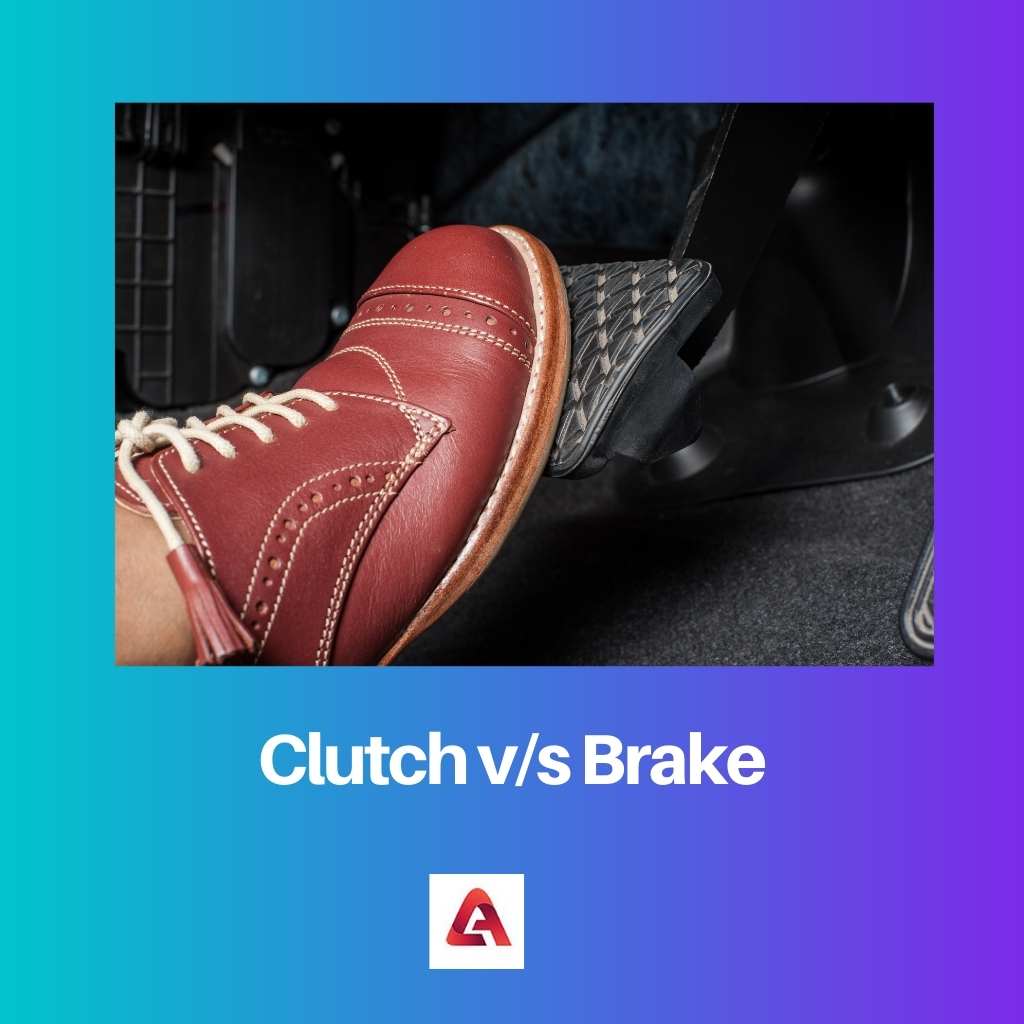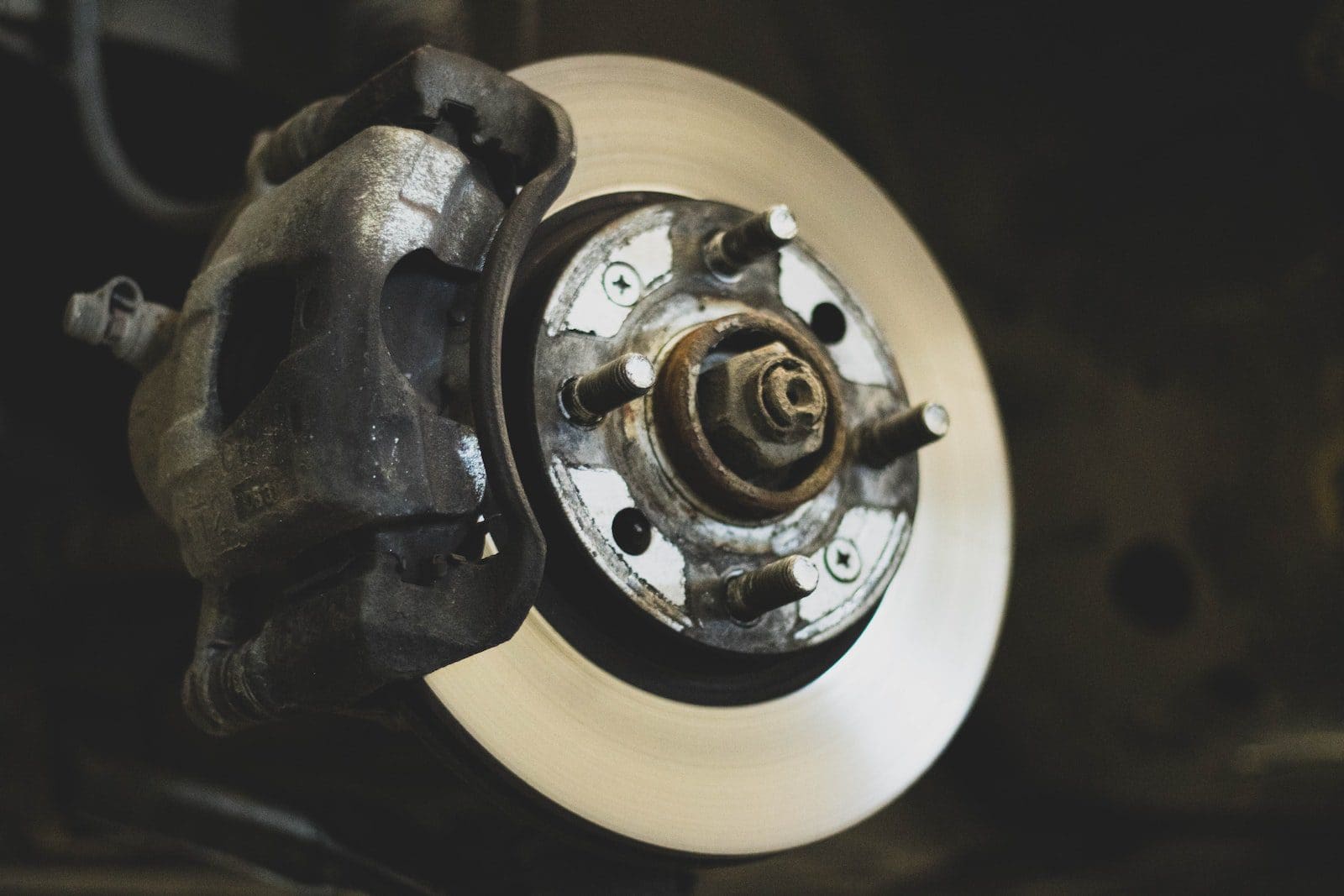Before the driving lesson starts, it is crucial to understand the basics of a car i.e.: the accelerator, clutch, brake, etc.
However, it is easy to distinguish the accelerator from the rest because of its shape and its function. But when it comes to brake and clutch, there are some similarities in them.
So before the lesson starts, a learner should be able to distinguish between them.
Key Takeaways
- The clutch is a mechanical vehicle component with a manual transmission that connects or disconnects the engine from the transmission, allowing for smooth gear changes.
- The brake system slows down or stops a vehicle by applying friction to the wheels, using components like brake pads, rotors, and calipers.
- Clutches facilitate controlled power transfer between the engine and wheels, while brakes ensure safe and effective deceleration during vehicle operation.
Clutch vs Brake
The clutch is used to engage and disengage the engine from the transmission, allowing the driver to change gears and control the speed. The brake is used to slow down. Cutch is used to engage and disengage the engine from the transmission, while the brake is used to slow down or stop the vehicle.

The clutch in a car is used to start the vehicle by transmitting the rotational energy of the engine to the wheels. It binds two or more rotating shafts together.
Clutches are known to be the vital part of a car’s machinery as power is generated in the engine all the time, and it has some parts that are rotating nonstop, but the wheels do not spin every time.
A brake is a device in a car; used to stop motion by absorbing the energy from the wheels. A car runs on the thermal energy in which 80% is the heat is absorbed when the brake is used.
When the brake is being pressed, the force applied to the pedal gets multiplied to produce enough force that can stop the car in motion.
Comparison Table
| Parameters of Comparison | Clutch | Brake |
|---|---|---|
| Definition | A device to put the vehicle in motion. | A device to stop the vehicle in motion. |
| Function | It transmits power. | It absorbs power. |
| During normal operation | Engaged | Disengaged |
| Position of the surfaces | The first surface stays in motion, while the other may be fixed or rotating. | The first surface is always stationary, while the other may be fixed or rotating. |
| Final condition | Both the surfaces rotate at the same speed. | Both the members are at the resting stage. |
What is a Clutch?
A clutch in a car is a device that has two rotating shafts, where one: is driven by a motor and the other controls the system.
This mechanical device connects these shafts for them: to be either in motion together or be disconnected and spin at their speeds. The clutch is a crucial part of a car as its engine works all the time, but the wheels do not.
For stopping the car without killing its engine the wheels are supposed to be detached from the engine.
For doing so, the clutch smoothly engages the spinning engine to a not spinning transmission by controlling the slippage between them.
The friction between the clutch plate and the flywheel makes the clutch work. When the clutch is not used: springs push the pressure plate and collide it with the clutch disc, due to which it presses against the flywheel.
This process locks the engine, causing them to run at the same speed or velocity.
The friction between the clutch plate and flywheel decides how much force a clutch can hold; and how much force, is applied on the pressure plate.
When the clutch pedal is pressed: a hydraulic piston is pushed on the release fork, which further presses: the release bearing.
This time; the engine disengages from the transmission against the middle portion of the diaphragm spring resulting in a spinning engine.

What is a Brake?
A brake in a car is a device used to stop the engine by absorbing energy. Brakes in a car: are used: to stop the motion, its wheels, axle, often-times achieved by friction.
Many vehicles have brakes that use: friction between two surfaces being compressed: to convert the kinetic energy into thermal energy.
For example, regenerative braking transmutes the maximum energy into electrical energy: to be stored for further use.
For stopping the car, the brakes have to eliminate the kinetic energy. For doing this, the brakes convert the kinetic energy into heat by using the means of friction.
The hydraulic system of the vehicle multiples the force applied to the brake pedal; creates enough energy; to stop the vehicle’s motion.
The disk or drum of a brake; is specially designed as a heat sink: for absorbing up to 80% of the heat produced while stopping the car.
It is also a good radiator that cools down as it spins through the air on its way to the next destination.
The brakes in the front do the maximum work as the weight of the vehicle is pushed forward while stopping due to inertia. This is why the most vehicle is built with disc brakes on the front and drum brakes on the rear.

Main Differences Between Clutch and Brake
- A clutch is a mechanical device used for starting a vehicle or putting it in motion. On the other hand, a brake is a device that stops the car when pressed.
- The function of a clutch is to transmit power from the engine to the wheels. On the other hand, brakes absorb all the energy from the wheels: resulting in them stopping.
- The clutch is always engaged when the vehicle is in motion. On the other hand, the brakes stay disengaged when the car is in motion.
- When the vehicle’s engine is working, one of the clutches is in motion, whereas one of the brakes: stays stationary.
- A clutch has a rotating assembly, whereas a brake does not have a rotating assembly.

- https://asmedigitalcollection.asme.org/IDETC-CIE/proceedings-abstract/IDETC-CIE2017/V003T01A017/259042
- https://digitalcommons.du.edu/etd/1056/
